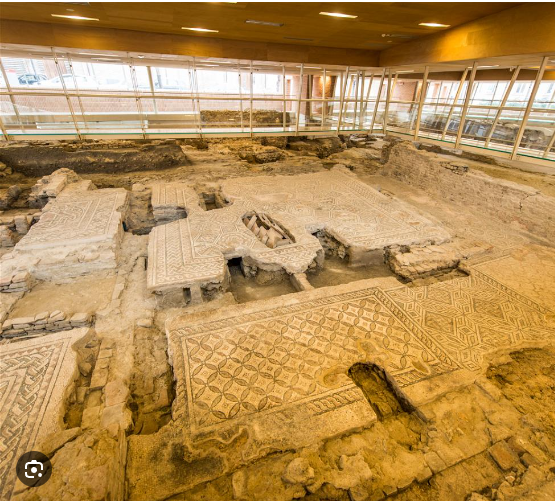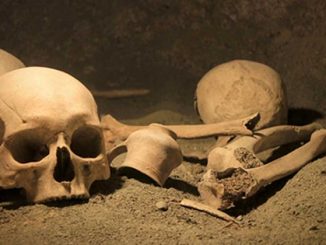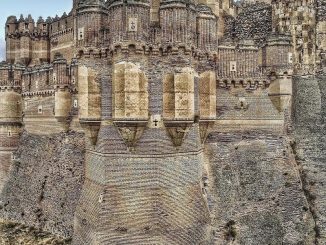A Glimpse into Ancient Roman Life
Step back in time to the vibrant cityscape of ancient Rome, where the Surgeon Domus stands as a testament to the opulence and sophistication of Roman society. Dating back to the 2nd century AD, this splendid residence offers a fascinating glimpse into the daily lives of its inhabitants. From the discovery of a surgical kit to the construction of a Late Antique Palace, the Surgeon Domus has witnessed centuries of history unfold within its walls. From the discovery of a surgical kit to the opulent mosaics and grand architecture, join us as we unravel the layers of time and explore the captivating story of these ancient residences.
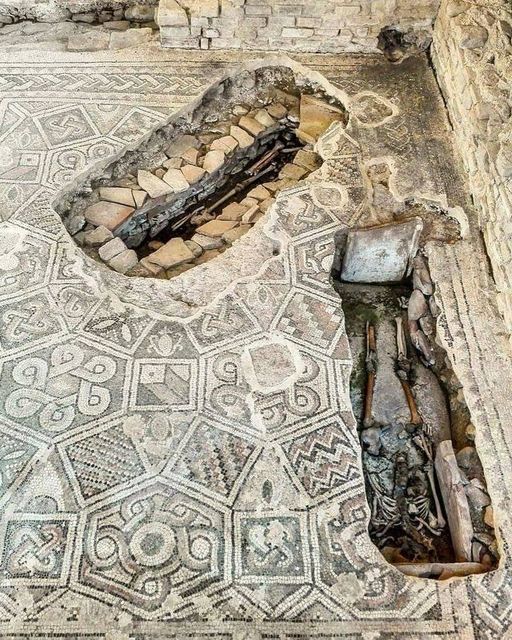
The Surgeon Domus: A Residence of Prestige
The Surgeon Domus earned its name from the remarkable discovery of a surgical kit within its confines, hinting at the profession of its owner, Eutyches. Believed to be a military doctor of Eastern origin, Eutyches likely inhabited this luxurious residence during the 2nd century AD. The domus itself was a splendid example of Roman architecture, boasting intricate mosaics, elegant furnishings, and lavish decorations that spoke to the wealth and status of its occupants.However, tragedy struck in the middle of the 3rd century AD when the domus was engulfed in flames, leading to its destruction. Despite this setback, remnants of the Surgeon Domus were incorporated into the construction of new city walls, preserving its legacy for future generations to uncover.
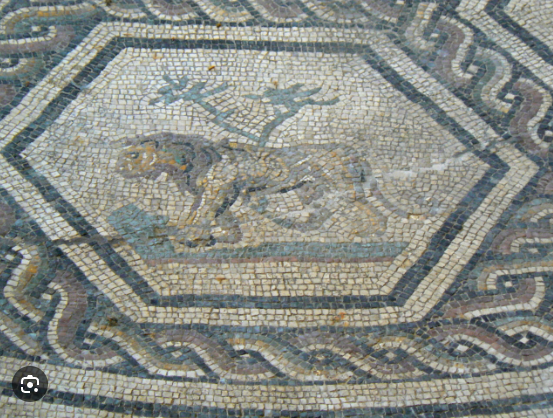
The Rise and Fall of the Surgeon Domus
Tragically, the Surgeon Domus met its demise in the middle of the 3rd century AD when it was ravaged by fire. Despite this setback, the site continued to hold significance, as evidenced by the construction of new city walls that incorporated parts of the domus into their design. Around the 5th century AD, a Late Antique Palace was erected on the site, showcasing polychrome mosaics, an apsidal hall, and a nymphaeum fountain that attested to the wealth and sophistication of its owners.
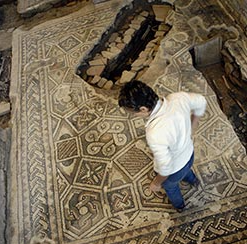
Echoes of the Past: Discoveries and Burials
Following the decline of the Late Antique Palace in the 6th century AD, the area surrounding the Surgeon Domus was repurposed as a burial site. Archaeological excavations have revealed a series of tombs dating from this period, some of which damaged the underlying floors of the ancient structure. These tombs offer valuable insights into the funerary practices and customs of late antiquity, providing a poignant reminder of the passage of time and the continuity of life and death.
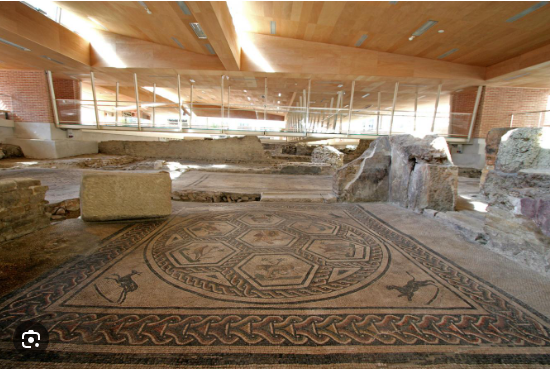
Embracing Ancient Discoveries
As we reflect on the rich history of the Surgeon Domus and its surrounding area, we are reminded of the enduring legacy of ancient Rome. From the opulent residences of wealthy citizens to the humble graves of ordinary people, the archaeological record tells a compelling story of human life and civilization. As we continue to unearth the secrets of the past, let us embrace the discoveries that shed light on our shared heritage and deepen our understanding of the world that came before us. Through the preservation and study of sites like the Surgeon Domus, we honor the memory of those who came before us and ensure that their stories are not forgotten.
These remarkable structures offer a glimpse into the daily lives, beliefs, and aspirations of the people who inhabited them centuries ago. Through archaeological research and conservation efforts, we can ensure that the legacy of the Surgeon Domus and Late Antique Palace lives on, inspiring curiosity and wonder for years to come. As we continue to uncover the secrets of the past, let us celebrate the enduring legacy of ancient Rome and the fascinating stories that lie hidden beneath the surface.
